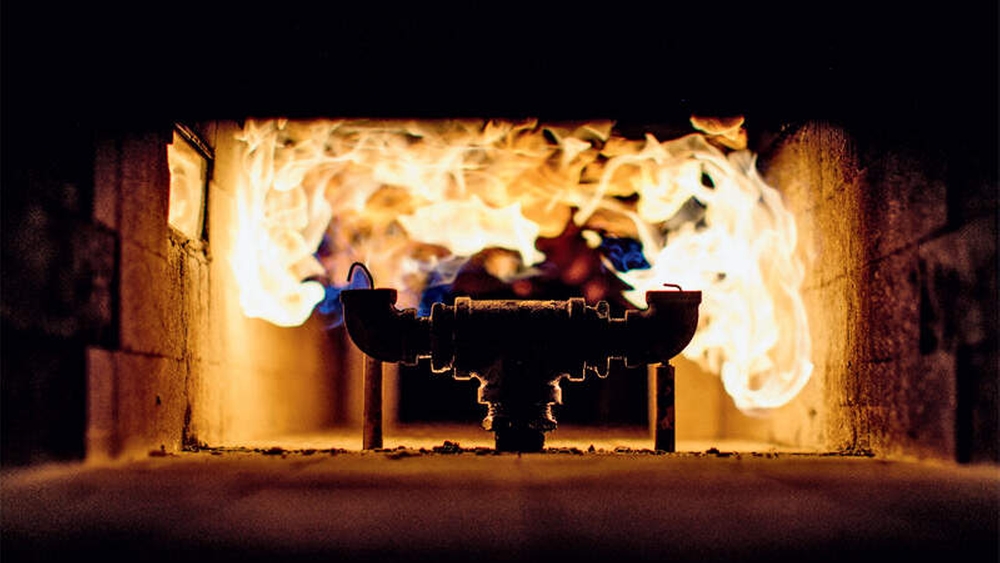Cavemen and Fire Safety: Wood fiber insulation, Is there a test for this?

I suppose a cave could be considered a good place to live when it comes to fire safety. It’s made of stone and helps that they are often cold and damp. Pretty unlikely to burn, but also uncomfortable and unwelcoming! While there are plenty of buildings made of stone, wood framed buildings have been around for thousands of years, and for good reasons. Wood is easy to work with and relatively inexpensive. Wood is warm and comfortable, and it’s a renewable resource. It only makes sense to pair wood framed buildings with wood insulation like TimberHP. But is it safe? Doesn’t it burn?
The International Building Codes for residential and commercial buildings, as well as the National Fire Protection Agency (NFPA), require interior walls and ceilings to be classified within ASTM E84 for fire safety reasons. Three testing agencies all have pretty much the same standard: ASTM E84, NFPA 255 and UL 723. They classify a material as A, B or C as part of a wall or ceiling system. The focus is on getting people out safely. That means the lower the flame-spread and smoke developed, the greater the chance people have to get out of the structure, as well as greater the chance firefighters can access the structure to manage the situation.

The test was designed in the 1940’s by Albert Steiner and consists of a large steel box lined with fire resistant brick and a flame source at one end. The flame spread is a measurement of how far and how fast fire will travel on the material being tested once ignited. You might have guessed that less is better. The other part of the test measures the smoke produced. Again, less is better, since heavy smoke decreases visibility, making it hard to see where you are going. This happens to be one of the most common reason people injure themselves in a home fire. [EG2] [JT3] Smoke is toxic as well, and it really shouldn’t be inhaled. I’d say it’s a little better to experience wood smoke than plastic chemical smoke, but it’s all bad for you in the end.
TimberBoard, used on the exterior of a home, meets a Class B fire rating without any added chemical flame retardants. Below, you can see how well it performs against an open flame compared to other foam insulations. Both our cavity insulations, TimberBatt and TimberFill, have Class A fire ratings. This means they help reduce the spread of fire in a home and allow you to get out quickly. In fact, code recognizes that they both add 15 minutes of fire resistance to a rated wall assembly. They can also be added as a thermal barrier for foams that can’t be left exposed because of potential fire. TimberFill and TimberBatt are dense enough to meet the requirements for fire blocking in walls as well. This keeps flame from spreading within a wall from one floor or cavity to the next. See for yourself:
In the case of TimberBatt and TimberFill, we introduce borate as a flame retardant when we fiberize wood chips to make insulation. Other fire retardants can be used, but borate is a preferred additive used often in insulations and other building materials. Fiberglass and cellulose insulation manufacturers use borate to improve the performance of their products. We add our fire retardant in liquid form, which maximizes the bond to wood fibers. Cellulose, by comparison, contains borates in a dry form that doesn’t bond as securely, can leach off over time, and can add residual dust. See how our batt and fill perform during our fire tests:
TimberHP insulation checks all the boxes when it comes to fire safety. So come out of the cave, and rest assured that you are using one of the safest products out there!
Insulate better. Live better. TM